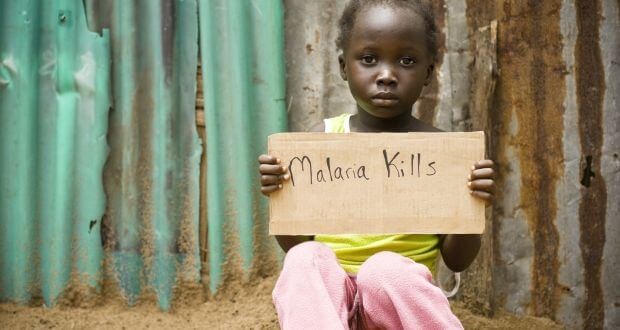
Jinja, Uganda | THE INDEPENDENT | The upsurge of Malaria cases in parts of Busoga in Eastern Uganda has been blamed on myths and poor health-seeking behaviours.
Busoga sub-region is the third most malaria-affected area, with a 21 per cent prevalence, slightly behind West Nile and Karamoja, respectively.
Politicians, cultural leaders, and Health Specialists are equally concerned that malaria remains prevalent in the region despite the control interventions by the Ministry of Health and development partners.
Citing Jinja city as a slightly malaria-safe area with a prevalence of 17 per cent, Steven Banonya, the City Health Officer, observed that area residents often opt for self-medication while experiencing malaria-related signs and symptoms, deterring sustainable healing processes attained through proper medication from medical personnel.
Banonya also notes that while the prevalence in the rest of the city is below 20 per cent, Budondo ward is the most heavily burdened area, accounting for over 40 per cent of all malaria cases in Jinja city. This is mainly due to delays in seeking proper medication against malaria.
He adds that most communities hesitate to apply preventive practices like bush clearing, draining stagnant water, and allowing living mosquito cycles to prosper unhindered. Banonya spoke on Tuesday during activities to commemorate International Mosquito Day in Budondo cell, northern division, in Jinja city.
Jinja Northern Division mayor Ayub Wabika and the Busoga Kingdom Foreign Affairs Minister Joan Machora blamed the high malaria prevalence rates on the poor mindset of residents attaching malaria to witchcraft.
Wabika shares an experience of rescuing 11 five-year-old children whose parents had taken them to a shrine after registering severe malaria symptoms.
“I had read a news story about the children in Namutumba and Butaleja Districts who were urinating blood due to severe malaria. When one of the agents informed me about the same predicament in my area, I organised their medication at Budondo Health Centre IV. Three of them had lost a lot of blood, and they succumbed to malaria, but the eight registered full recovery in two weeks,” he says.
Wabika observes a need for awareness among the village health team members. Most of them are unequipped with the necessary information regarding severe malaria signs, which makes them incapable of advising grassroots communities.
Similarly, Machora says that the Busoga Kingdom is compiling worrying data about residents who still attach malaria infections to demonic attacks ignited by their enemies. Machora notes that witch doctors only dump such victims at the medical facilities when already in vegetative states, with minimal survival rates, and most of them die a few moments after admission.
Machora raises the need for a multi-sectoral approach to holistic malaria control, incorporating cultural institutions as critical drivers of mindset change in the general uptake of acceptable medical practices.
Meanwhile, the Ministry of Health’s Director of Public Health, Dr Daniel Kyebayinze, says that the government is committed to applying all modern technologies to boost the malaria fight in the most affected subregions nationwide.
Dr Kyebayinze also notes that next year’s planned anti-malaria vaccination has been designed to target under-five-year-olds in areas with high prevalence rates before rolling out the same across the country.
He acknowledges Drug Resistance as a critical driver of persistent malaria in Busoga. He also cites other multi-sectoral issues under study in the hope of designing long-lasting solutions to ending malaria.
*****
URN
 The Independent Uganda: You get the Truth we Pay the Price
The Independent Uganda: You get the Truth we Pay the Price



